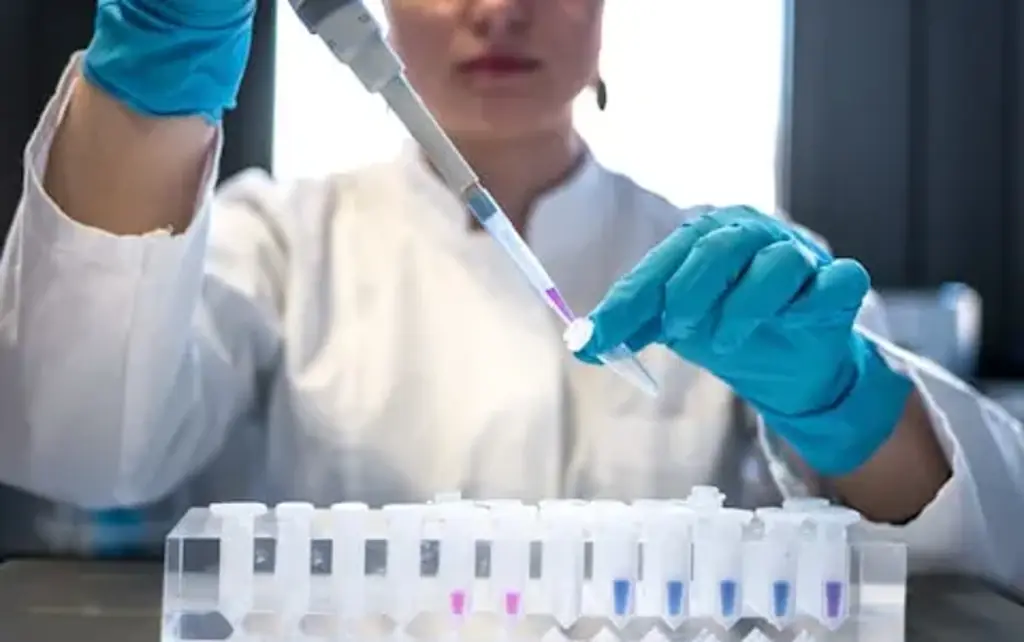
Following the tragic passing of Brandon Blackstock, a doctor has revealed the signs of "black tumor" cancer that you should look out for.
Blackstock, the ex-husband of Kelly Clarkson, died at the age of 48 following a private, three-year battle with melanoma.

“It is with great sadness that we share the news that Brandon Blackstock has passed away,” his management company, Starstruck, announced on August 7, 2025.
“Brandon bravely battled cancer for more than three years. He passed away peacefully and was surrounded by family.”
Blackstock’s diagnosis had not been widely known until shortly before his death.
Just a day before the announcement, Clarkson revealed on Instagram that her children’s father had been “ill” and that she was postponing her Las Vegas residency to focus on River, 11, and Remington, nine.
“While I normally keep my personal life private, this past year, my children’s father has been ill and at this moment, I need to be fully present for them,” she wrote.
“I am sincerely sorry to everyone who bought tickets to the shows and I so appreciate your grace, kindness and understanding.”

According to a source speaking to PEOPLE, Clarkson “has been devastated for the kids” and remained protective of Blackstock during his illness.
Blackstock’s death has placed new focus on melanoma, the aggressive form of skin cancer he had been fighting.
The American Cancer Society estimates that in 2025, about 104,960 new cases will be diagnosed in the U.S., with around 8,430 Americans expected to die from the disease.
Known as the “black tumor,” melanoma is considered the most dangerous type of skin cancer because of its ability to spread quickly to other organs through the bloodstream and lymphatic system.
“Many skin cancers — for example, basal cell carcinoma — grow only on the skin and do not commonly spread,” explained Dr. Viktoryia Kazlouskaya, CEO of the Dermatology Circle, to the New York Post.
By contrast, “Melanoma is considered the most dangerous type of skin cancer because it has a high potential to spread (metastasize) to other parts of the body if not detected and treated early,” dermatologist Dr. Adarsh Vijay Mudgil said.

The risk of melanoma spreading can depend on the size and stage of the tumor, the patient’s age, and other health factors, including a suppressed immune system.
Melanomas can appear as a new mole or a change to an existing one, often with irregular borders, uneven colors, or a diameter greater than 6 mm.
Mudgil recommends looking for the “ABCDE’s” — asymmetry, border irregularity, color variability, diameter over 6 mm, and evolution.
However, Kazlouskaya warns that “many common moles can be large or slightly irregular but are not dangerous. And vice versa — melanomas are not always very atypical and sometimes don’t even have pigment.”
While melanoma can affect people of all skin colors and ethnicities, lighter skin is at higher risk due to having less melanin — the pigment that protects against UV damage.
Among those with lighter skin, the risk is greater for people with red or blond hair, blue or green eyes, or skin that freckles or burns easily.
Risk also increases with age, high sun exposure, a history of blistering sunburns in childhood, and having many moles or a family history of melanoma.
Sun safety is key for prevention.

“Daily sunscreen and protective clothing when the sun is extreme are simple prevention measures,” Kazlouskaya advised.
Experts warn against indoor tanning beds, which can increase the risk of melanoma by up to 75% when used before age 35.
Broad-spectrum sunscreen with SPF 30 or higher is recommended year-round, even on cloudy days, as UV rays can reflect off surfaces like water, snow, and concrete.
“Yearly skin checks and self-exams may help detect a suspicious spot early on,” Kazlouskaya said.
Early detection can make all the difference — according to the ACS, when caught before spreading beyond the skin, melanoma has a five-year survival rate of 99%. Once it has spread to distant parts of the body, that figure drops to about 35%.
“Melanoma is among the ‘deadliest’ cancers we know,” Kazlouskaya said. “The earlier we catch it, the better,” Mudgil added. “At early stages, it can often be cured with just a simple excision and has a wonderful prognosis.”















